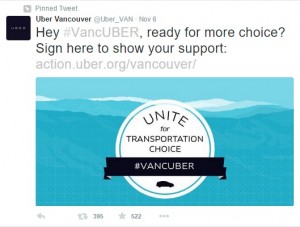What is the price for employees’ happiness?
After a conversation with Haley, a 32-year-old employee in late 2011, Dan Price, founder of Gravity Payments made a decision to decrease the gap between his CEO salary and that of his workers. This past April, Price announced that all 120 of his employees will receive a minimum wage of $70,000. Price’s plan arose after Haley accused him of “ripping [her] off” and restricting her from “not making enough money to lead a decent life”.

Is Price right in raising the minimum wage of his employees to $70,000? Skeptics will have to wait a few years to determine whether The Dan Price Pay Experiment is a sustainable strategy.
With an increase wages for his low-level employees, Price strives to increase his employees’ happiness, thus translating to more motivated employees who add value to the company and are more accountable as leaders. By evaluating Price’s plan with Ron Conway’s startup guidelines, Price addresses two of the three ideas entrepreneurs must consider. His decision to increase the minimum wage of his employees addresses “know[ing] your why” and “be[ing] intentional with culture”. As an entrepreneur, Price values purpose, impact and service. Through his decision, he hopes to demonstrate that Gravity Payments “stands for more than just profits”. He portrays corporate social responsibility by valuing “doing good” and focusing on his employees’ well-being. Although his plan had a limited connection to business, Gravity Payments has recorded both an increase in profit and retention rate. While Gravity Payments reflects aspects of corporate social responsibility, how can they take it further and create shared value?
“I really think we’re ready to move on to this next phase in business where we see that we can actually benefit by serving.” – Dan Price
Referred to articles:
- Here’s What Really Happened at that Company that set a $70,000 minimum wage
- Why This CEO says his Million-Dollar Pay Cut was ‘Selfish’
- Photo: The Price Is Right
Further Readings:



